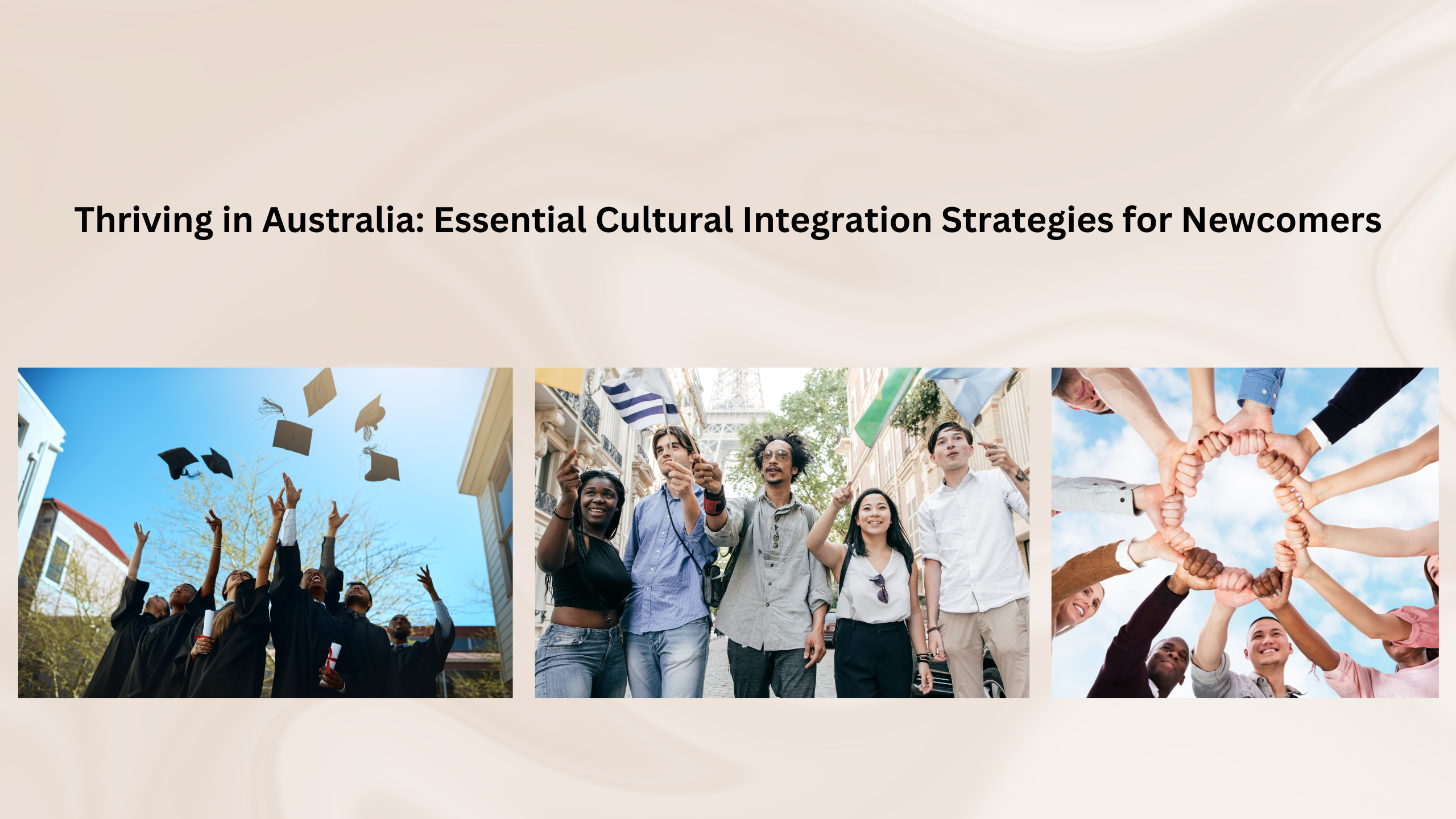What Advice Do Experienced Students Have for Newcomers in Terms of Cultural Integration?
Introduction
Cultural integration is a vital aspect of the student experience, especially for newcomers studying in Australia. For those entering this vibrant and diverse environment, understanding how to navigate cultural nuances can significantly enhance their overall experience. In this blog post, we’ll explore valuable advice from experienced students regarding cultural integration, providing practical tips and insights that can help newcomers feel more at home in their new surroundings. By learning from those who have already walked this path, newcomers can make the most of their academic journey while embracing the rich culture of Australia.
The Importance of Cultural Integration
Cultural integration is more than just adjusting to a new environment; it’s about understanding and participating in the social fabric of your host country. For students, this integration can lead to:
- Building a Support Network: A strong network of friends and acquaintances provides emotional and academic support, helping students feel less isolated.
- Academic Success: Understanding local cultural nuances can enhance communication with peers and instructors, ultimately benefiting academic performance.
- Personal Development: Engaging with diverse cultures fosters open-mindedness, resilience, and adaptability—qualities that are increasingly valuable in today’s globalized world.
- Enjoyment of Local Life: Fully embracing local traditions and events allows students to create memorable experiences and gain a deeper appreciation of their host country.
Advantages and Disadvantages of Cultural Integration
Advantages
- Enhanced Social Connections: Successfully integrating into the culture allows newcomers to build friendships and networks, enriching their university experience.
- Improved Academic Performance: Understanding local customs and communication styles can lead to better collaboration with classmates and faculty.
- Broader Perspectives: Embracing cultural diversity enhances personal growth and fosters a deeper appreciation for different viewpoints and lifestyles.
Disadvantages
- Cultural Shock: Newcomers may experience culture shock, leading to feelings of isolation or discomfort as they adjust to a new environment.
- Pressure to Conform: Some students might feel pressured to abandon their own cultural practices in favor of fitting in with the local culture.
- Miscommunication: Language barriers or differences in communication styles can lead to misunderstandings and frustration.
Problems and Concerns
Newcomers often face several challenges when it comes to cultural integration:
- Homesickness: Missing family and familiar surroundings can make it difficult to fully engage with the new culture.
- Language Barriers: For non-native English speakers, communicating effectively can be daunting and may hinder social interactions.
- Social Anxiety: Fear of judgment or rejection may prevent newcomers from participating in social activities or making friends.
Dos and Don’ts for Cultural Integration
Dos
- Engage in Social Activities: Attend cultural events, join clubs, or participate in community gatherings to meet new people and experience local traditions.
- Ask Questions: Don’t hesitate to inquire about local customs or practices. Most people appreciate curiosity and are happy to share their culture.
- Be Open-Minded: Approach new experiences with an open heart and mind, ready to learn and adapt.
Don’ts
- Avoid Isolation: Resist the temptation to stick only with fellow international students; actively seek friendships with local students to broaden your perspective.
- Don’t Compare Cultures Negatively: While it’s natural to notice differences, focus on appreciating the new culture rather than criticizing it.
- Don’t Rush the Process: Cultural integration takes time. Be patient with yourself as you navigate this new experience.
FAQs
- What are the first steps a newcomer should take to integrate culturally in Australia?
- Start by attending orientation events and joining clubs or societies that interest you.
- How can I overcome homesickness while trying to integrate?
- Stay connected with family through regular communication while also seeking local friendships and support networks.
- Are there specific resources for international students to help with cultural integration?
- Most universities have dedicated support services, including counseling and cultural workshops, to assist international students.
- How important is learning the local language for cultural integration?
- While not mandatory, improving your English skills can greatly enhance communication and social interactions.
- Can cultural integration improve academic success?
- Yes, being culturally integrated can lead to better collaboration with peers and a deeper understanding of course material.
My Advice
As someone who has navigated the journey of cultural integration, my advice is to actively seek out opportunities to connect with others. Engage in conversations, attend events, and don’t be afraid to share your own culture. Embrace the uniqueness of your experience and remain open to learning from those around you. Remember, the goal is to create a rich tapestry of experiences that will define your time in Australia.
Conclusion
Cultural integration is a crucial component of the student experience, particularly for newcomers in Australia. By following the advice of experienced students and actively engaging with the local culture, newcomers can enhance their social connections and enrich their academic journeys. Embracing the diversity of Australia will not only help in overcoming challenges but also create lasting memories and friendships that extend beyond university life.







